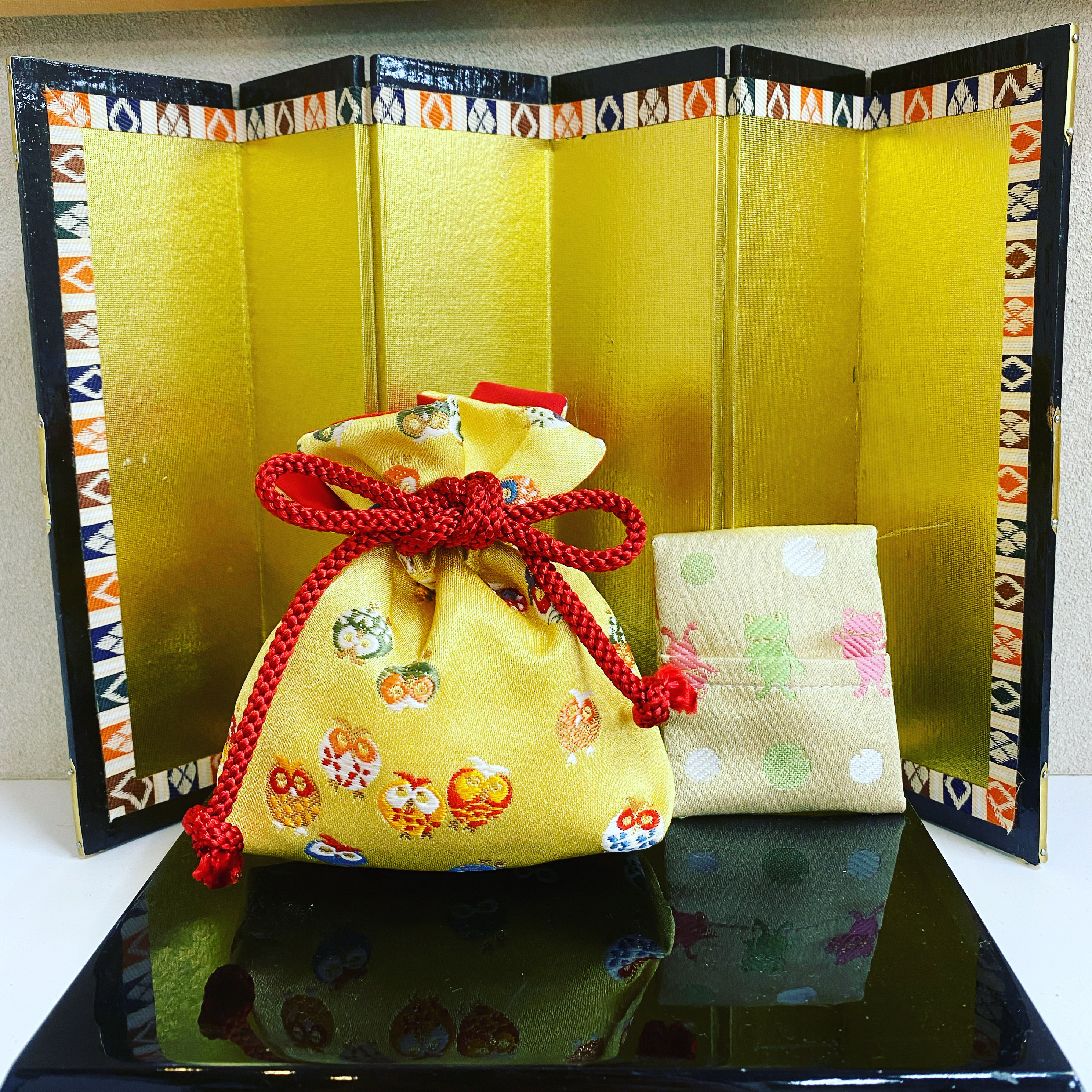Types of Incense
Japanese incense comes in many forms, each with unique purposes and cultural significance…
Incense Used for Buddhist Offerings
As the name suggests, this incense is molded into a stick shape. It is primarily used for Buddhist rituals (at altars or graves), but is also utilized in practices like the Japanese tea ceremony during training sessions. It began to be manufactured in Japan around the early Edo period.
One of the oldest forms of incense used in Buddhist offerings. While traditional shoko is made by blending various natural aromatic materials, many modern versions are predominantly composed of synthetic ingredients.
This powdered incense is mainly used in esoteric Buddhist sects as a kindling for burning incense. Drawing a line of makkō allows the incense to burn for an extended period.
The term koboku refers to two types of fragrant wood, jinko (aloeswood) and byakudan (sandalwood). These are used in a wide range of applications, from Buddhist rituals to personal enjoyment, and are considered the finest quality among incenses.
Incense for Enjoyment
When using aromatic materials, it is best to warm them rather than burn them directly, as this brings out the pure fragrance more effectively. For this reason, traditional incense for personal enjoyment prioritizes scent over burning. Instead of burning the incense directly, it is heated to a temperature between 160°C and 220°C. This method of using incense without flame is known as “soradaki” (heating without burning).
This is incense made into a round pill shape and has a long history of use for enjoyment, dating back to the Nara period. Nowadays, it is mainly known among tea ceremony practitioners and incense enthusiasts.
Although used in the same way as neriko, inko is shaped into decorative forms such as flowers or fans instead of a pill shape.
Refer to the previous section. In the case of incense ceremonies, this is used in a method called “monko” (listening to incense).
Practical Daily Products and Amulets
This type of incense is used at room temperature without heating and is mainly for purposes such as scenting clothing, repelling insects, or purification. The types of incense used without heating include the following:
These are sachets filled with incense, used to impart fragrance to clothing or placed in drawers and storage boxes. Along with neriko, they are widely known types of incense.
This incense is designed to prevent insects from damaging items like clothing, books, or hanging scrolls. It is made with aromatic materials that have a high insect-repellent effect.
A fine powdered incense used for purification by rubbing it onto the palms. In Shinto, purification is performed with “water” and “salt,” whereas in Buddhism, incense is used for cleansing.













